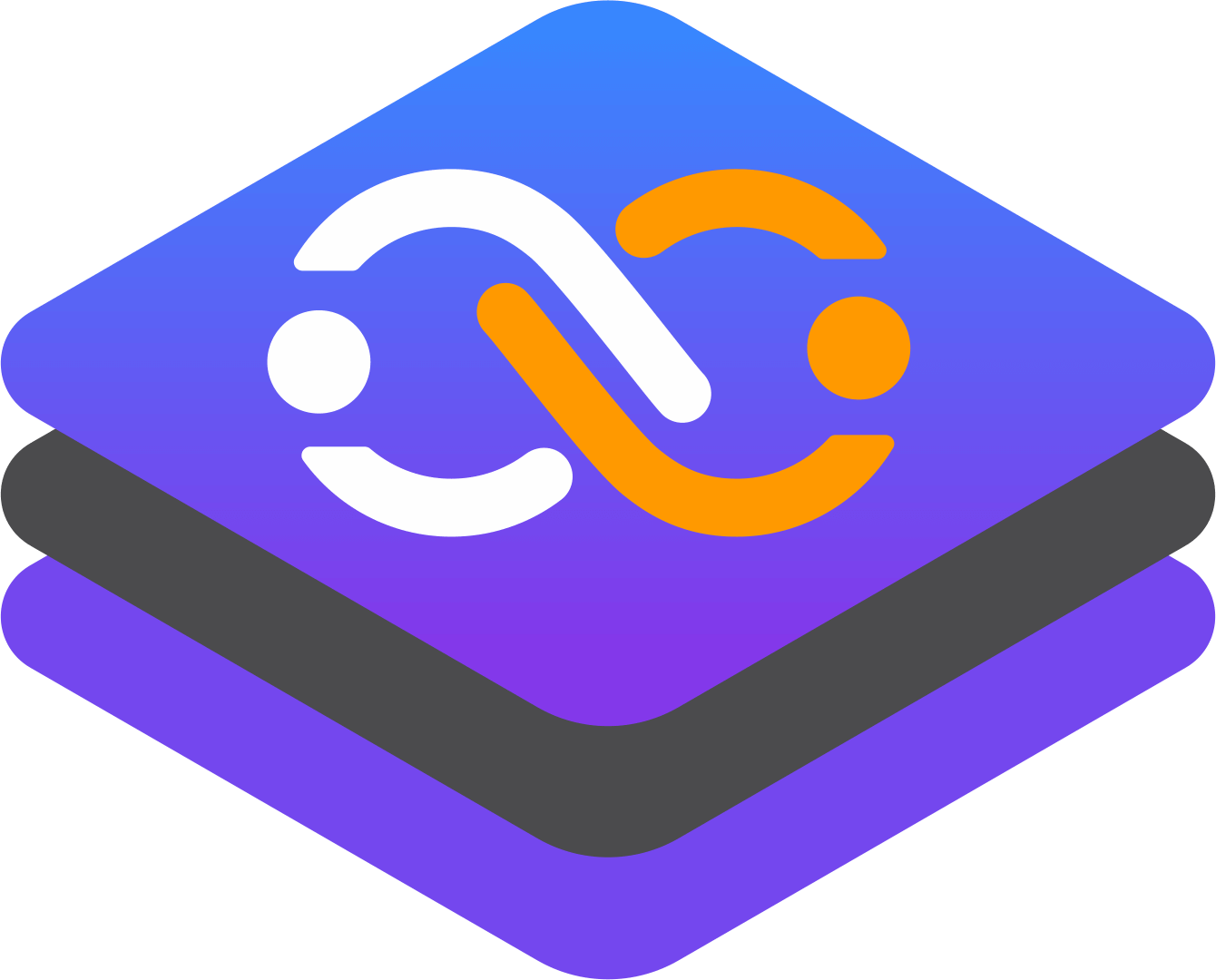How Helm Transforms Kubernetes Management for Modern Enterprises

Introduction
A Helm chart is like a ready-to-go recipe for setting up applications on Kubernetes. It packages all the necessary instructions (YAML files) into one bundle that lets teams easily create, update, or delete complex apps. Instead of editing many files for each environment, users change a few settings, making managing big applications much simpler and faster.
Key Insights
- Unified Packaging System: Helm charts bundle all related Kubernetes resources for an application into a single package that can be versioned, shared, and reused efficiently across clusters and environments.
- Configurable and Environment-Aware: The values.yaml and robust templates in a chart mean teams can perform granular environment adaptation without duplicating configuration logic-just override what’s necessary when deploying to development, staging, or production.
- Lifecycle Management: Helm provides built-in support for upgrades, rollbacks, and dependency management, helping teams maintain stability and agility throughout application changes and releases.
- Collaboration and Reusability: Helm charts can be published to repositories or used in internal registries, making them a collaborative foundation for scalable engineering workflows across organizations or open-source projects.
- Error Reduction and DRY Principle: Templating and parameterization help enforce the “Don’t Repeat Yourself” pattern, reducing errors and ensuring consistent configurations for Kubernetes workloads, regardless of deployment scope or scale.
What is Helm's Role in Kubernetes?
Helm’s role in Kubernetes is to act as a deployment architect and composer, empowering engineers to design, version, and customize complete application environments with just a few commands, rather than manually piecing together hundreds of configuration files. Unlike generic approaches, Helm doesn’t merely bundle resources-it leverages templating, revision history, and parameter management to make app delivery, environment adaptation, and rapid rollbacks not just simple, but safe, scalable, and repeatable for modern teams building with microservices, AI workloads, and edge computing.
Key Insights: Helm in Kubernetes
- Manages Application Deployment: Helm handles the full journey of your app on Kubernetes - installing it, upgrading to new versions, rolling back if something breaks, or removing it completely - all through reusable, versioned packages called charts.
- Supports Modular Architecture and Speed: Engineers build groups of related services (like databases, monitoring, and apps) as separate, independent charts, which can be updated or changed without affecting the whole system. This is like building with LEGO blocks, making cloud setups faster and easier to manage.
- Easy Environment Switching: By changing just the configuration values, teams can quickly deploy the same app to development, testing, or production without rewriting any core deployment logic, lowering risks and speeding up changes.
- Enhances Collaboration and Compliance: Helm enforces version control and allows infrastructure changes to be reviewed and approved before deployment. This makes working across multiple teams safer and helps maintain control over changes.
- Boosts Productivity Through Automation: Helm works well with CI/CD pipelines, automating complex app rollouts so that updates happen predictably and can be rolled back if needed - all without manually editing Kubernetes files or writing complicated scripts.
A Step-by-Step Approach to Helm Charts in Kubernetes
- Create or Choose a Chart: Begin by making your own Helm chart or picking one from trusted sources. This chart holds the templates and essential details needed to set up your Kubernetes resources.
- Customize with Values: Change the default settings in the values.yaml file to fit different environments (like development or production) without touching the main templates.
- Package the Chart: Use Helm commands to bundle your chart into a versioned file that can be shared or reused exactly as is.
- Deploy the Chart: Install the packaged chart on your Kubernetes cluster. Helm uses your custom values to generate and apply the required Kubernetes objects for your app.
- Upgrade & Manage Lifecycle: Easily update your app by applying new versions of the chart or config changes, and if problems arise, roll back to a previous working release smoothly.
- Automate via CI/CD: Connect Helm steps into automated pipelines that build, test, and deploy charts whenever your code changes, ensuring reliable and repeatable deployments.
- Monitor and Troubleshoot: Use Helm’s tools and post-install notes to track the deployment status and help diagnose problems quickly.
Key Components of a Helm Chart
A Helm chart is built from a set of specialized components that work together like the blueprints, building blocks, and control dials for deploying and managing applications on Kubernetes. These components aren’t just files-they serve to modularize, customize, and scale even the most complicated microservice deployments, empowering teams to architect software delivery pipelines that are both robust and adaptable to any environment or team structure.
- Chart.yaml: This is like the identity card of the chart. It contains important information such as the chart’s name, version, and any dependencies. It helps teams know what this chart is, how it evolves, and which versions it works with.
- values.yaml: Think of this as the control panel for your deployment. Instead of changing settings everywhere, you just update the values here once to customize your app for different environments like development, testing, or production.
- templates/: This folder is where the magic happens. It contains blueprint files that tell Kubernetes what to create, like services or deployments. These templates use the settings from values.yaml to generate the exact configurations needed for each deployment automatically.
- charts/: This is like a building block box. It holds other smaller charts that your application depends on, such as databases or monitoring tools. This makes it easy to combine ready-made parts into one bigger, complex application without starting from scratch.
Why Use Helm Charts?
Helm charts are used in Kubernetes to make managing applications simpler, faster, and less error-prone by packaging all the necessary Kubernetes resources into reusable, versioned templates that automate deployment, upgrades, and rollbacks. Unlike manual Kubernetes deployments, where teams edit many YAML files individually, Helm provides a structured way to define, share, and customize app installations with a few commands, ensuring consistent setups across different environments and rapid recovery if something goes wrong.
Key Benefits of Helm Charts
- Makes complex deployments easy: Helm bundles all the Kubernetes resources your app needs into one package, so deploying apps is fast and simple.
- Speeds up development: Developers can quickly set up consistent test and staging environments without extra work.
- Ensures consistency: The same Helm chart can be used across multiple environments (like dev, test, prod) by just changing configuration values.
- Reduces mistakes: Helm automates how configurations are handled, so you avoid common errors that happen when editing YAML files by hand.
- Allows safe rollback: If something goes wrong with an update, you can quickly go back to a previous working version.
- Improves teamwork: Sharing Helm charts means teams can reuse best practices easily and avoid duplicated effort.
- Supports automation: Helm works smoothly with modern automated deployment pipelines (CI/CD and GitOps), helping to scale app delivery reliably.
Integrate Helm Charts into CI/CD Pipelines
Integrating Helm charts into Continuous Integration and Continuous Deployment (CI/CD) pipelines means automating the entire lifecycle of Kubernetes application deployment, from packaging, testing, and versioning Helm charts to deploying upgrades and rollbacks within a seamless pipeline that enhances consistency, speed, and reliability. Rather than manual deployments, this integration treats Helm charts as deployable, parameterized artifacts that flow through continuous integration and continuous deployment stages, embedding environment-specific customization and safety checks at every step.
Key Points About Helm Chart CI/CD Integration
- Automated Chart Packaging: CI tools package and push Helm charts to a repository, ensuring version traceability.
- Dynamic Config Updates: Pipelines inject environment-specific values into Helm charts, avoiding manual YAML edits
- Seamless Deployments & Upgrades: Automated Helm install/upgrade commands apply new releases smoothly.
- Instant Rollbacks: Helm’s rollback feature, integrated in pipelines, prevents failures from causing lengthy downtime.
- Integrated Testing: Pipelines include Helm linting and deployment tests to catch issues early.
- Secure, Auditable Delivery: Using artifact repositories and policy controls, pipelines ensure safe, approved app deployments.
Tools and Platforms for Helm Chart Integration
- CI/CD Platforms: Tools like GitHub Actions, GitLab CI/CD, Jenkins, and CircleCI serve as the core automation engines where Helm charts are built, tested, packaged, and deployed.
- Artifact Repositories: ChartMuseum, JFrog Artifactory, and Harbor provide specialized storage for Helm chart packages, supporting version control, access management, and sharing across teams and environments.
- Kubernetes GitOps Tools: Argo CD and Flux enable GitOps workflows by watching Helm chart repositories alongside application manifests.
Conclusion
Helm is a powerful tool that makes working with Kubernetes much easier. It packages all the necessary components of an application into a single, reusable bundle called a chart. This allows teams to deploy, upgrade, and manage applications consistently across different environments such as development, testing, and production by just changing a few settings. Helm’s features like version control, rollback, automation, and modular architecture help reduce errors, improve collaboration, and speed up deployments.
Integrating Helm into CI/CD pipelines automates the entire application lifecycle, making Kubernetes application delivery faster, safer, and more reliable.
Overall, Helm streamlines Kubernetes workflows, empowers teams to scale efficiently, and reduces the complexity of managing containerized applications.
